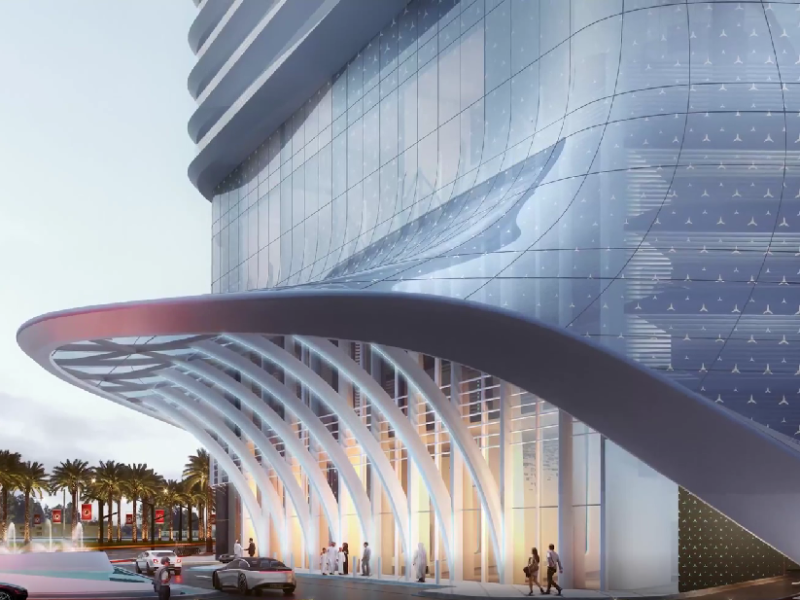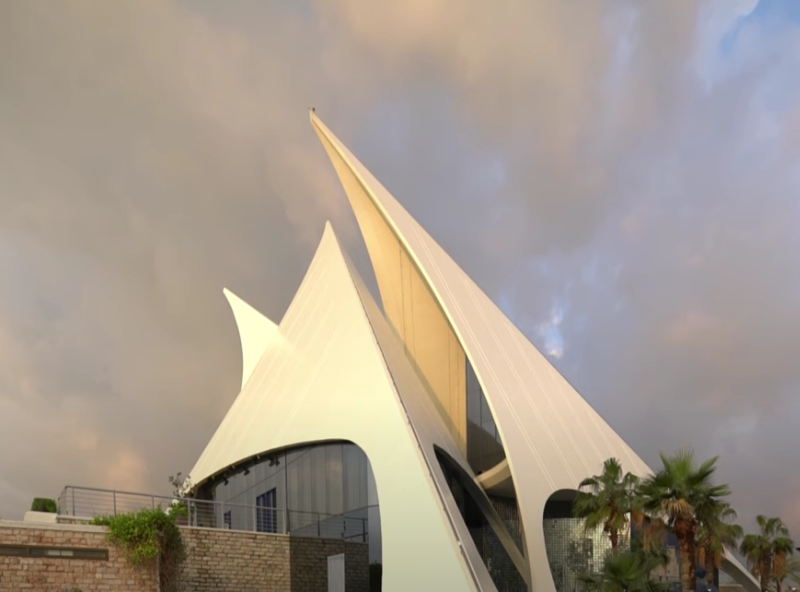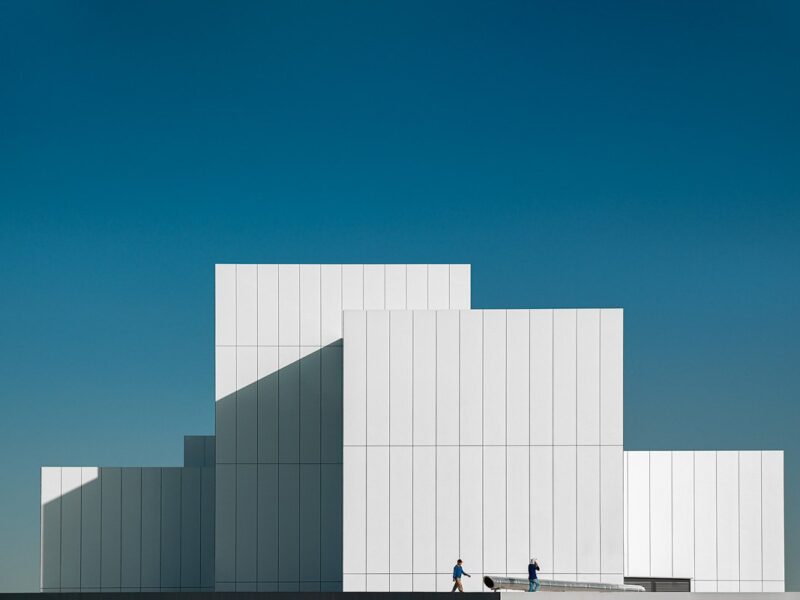Fakeeh University Hospital
The Fakeeh University Hospital in Dubai is a stunning example of how architecture and interior design can come together to create a world-class healthcare facility. Designed by Perkins+Will, a renowned architecture firm with a global reputation for creating sustainable and innovative structures, the hospital boasts a distinctive façade and an interior that prioritizes patient comfort and well-being.

Inside, the hospital’s design is focused on patient comfort and healing. The interior spaces are bright, open, and calming, with a neutral color palette and natural materials that create a warm and welcoming atmosphere. The hospital’s 350 patient rooms are spacious and private, with large windows that offer views of the city and the Arabian Gulf. Each room is equipped with advanced technology, such as smart beds and interactive patient entertainment systems, that help to enhance the patient experience and improve outcomes.
The hospital also features a number of specialized spaces designed to support patient care, such as operating rooms, emergency departments, and intensive care units. These spaces are designed with efficiency and safety in mind, incorporating the latest technology and equipment to ensure the best possible outcomes for patients.
In addition to its exceptional design features, the Fakeeh University Hospital also prioritizes sustainability and environmental responsibility. The hospital is designed to achieve LEED Gold certification, a globally recognized standard for green building design and operation. The building incorporates a number of sustainable design features, such as energy-efficient lighting and mechanical systems, a green roof that reduces the urban heat island effect, and a rainwater harvesting system that reduces water consumption.
Overall, the architectural and interior design of the Fakeeh University Hospital is a testament to the power of design to enhance the patient experience and create a world-class healthcare facility. From the striking mashrabiya façade to the welcoming interior spaces, every aspect of the hospital’s design has been carefully considered to create a space that prioritizes patient comfort, healing, and sustainability.




